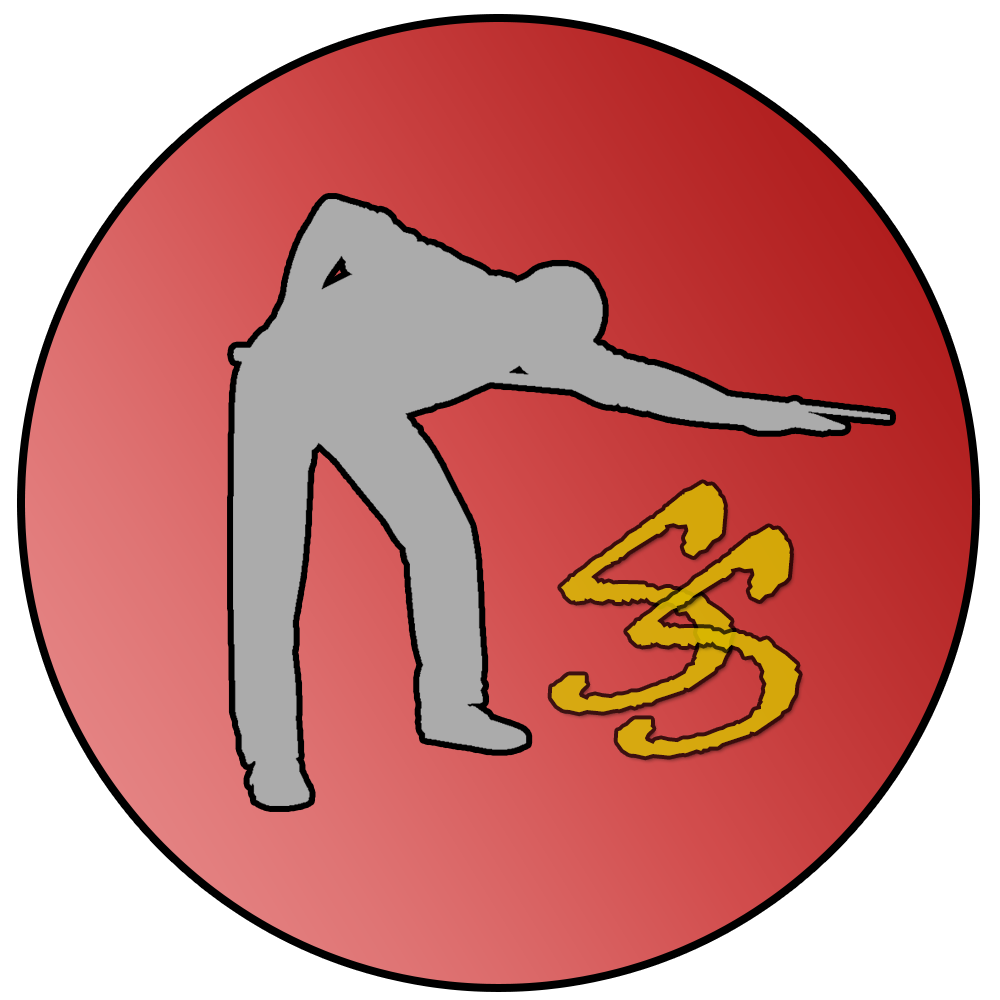The year 1927 was significant for a few reasons. It was witness to the formation of Pan American Airlines; the start of Mount Rushmore; the birth of Sir Roger Moore; and the world’s population was just over 2 billion. It also happened to be the year of the inaugural World Snooker Championship, or as it was known then, Professional Snooker Championship.
Many are aware of Joe Davis and his impact on the table with his commanding 15 WSC victories, however his contribution off the table is what led to the development of the first professional snooker championship. Having shifted his interest laterally from English Billiards to Snooker, Davis was the key figurehead in the arranging of this first snooker tournament.
Davis partnered with billiard club owner, Bill Camkin, whose hall would host a majority of the matches that took place for this WSC. Davis formulated the draw and format which was then approved by the governing body at the time, BACC (Billiards Association and Control Council). Although their focus was primarily on billiards, public interest was slowing due to its repetitive nature, while snooker became increasingly popular as the years followed.
The thing I found most interesting about this tournament was that even though there were only nine matches, the entire WSC spanned the duration of around 6 months – from end of November through to May. Matches took place in halls across Birmingham, Liverpool, London and Nottingham. The venues had to be arranged by the players involved which is likely the main reason for the length of the whole tournament.
This tournament involved stars that mainly transitioned from being proficient billiards players, such as the three Tom’s (Newman, Carpenter and Dennis, who reached the final against Davis on many occasions). Other players included 1928 finalist, Fred Lawrence; seasoned professional, Albert Cope, who made the tournament high break of 60; World Billiards Champion, Melbourne Inman; and Joe Brady.
Unlike the decades that followed, this initial iteration of the WSC were contested over what we would consider, a shorter format. The most that matches were played up to (including the final) were a best-of-31 (first to 16). And Davis had a comfortable voyage to victory as he secured the first World Championship with scores of 16-7 in both the semi’s and final.
The players had to pay entry fees for the tournament, which were partly used by the BACC to purchase a trophy. Entry fees were 5 guineas per player – guinea being a currency made of a small ounce of gold which had an equivalent value of just over £1. Davis’ notable winnings of £6 and 10 shillings which encompassed the gate receipts is roughly equivalent to £6 and 120p or £15.60 as the conversions of pounds to pence were different back then.
It was a very different time, played under different circumstances and conditions nevertheless, the Professional Snooker Championship in 1927 paved the way for the snooker events that followed. It was also the beginning of the rising popularity that snooker experienced as well as the unbeatable force that was Joe Davis. If this wasn’t arranged, who knows how the landscape of snooker would look like today?
Like this Short? Click here to read: World Snooker Championship 1976 – Throwback
Have an idea for a Short post? Feel free to get in touch using the social media links below! Thanks for reading!









